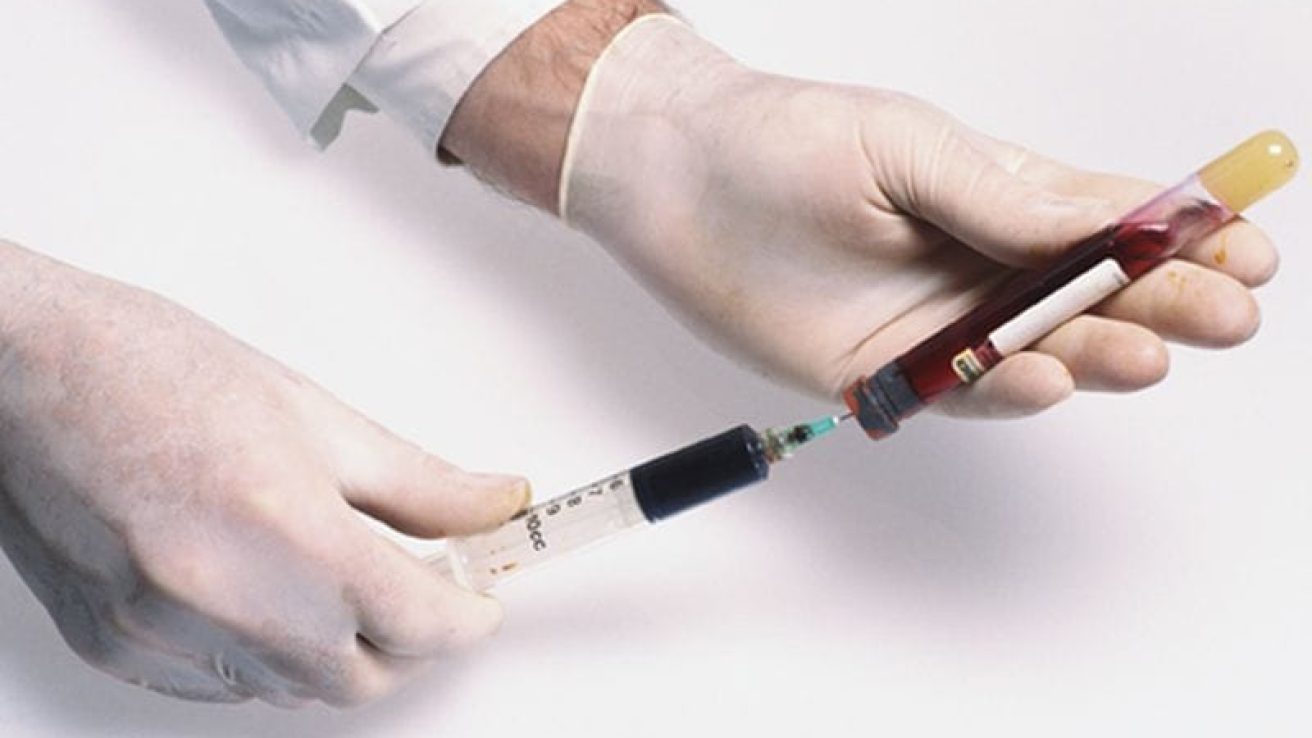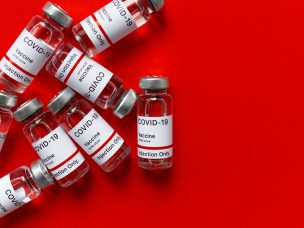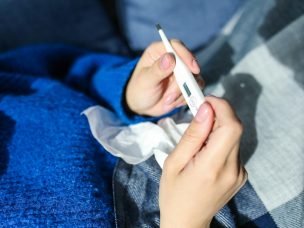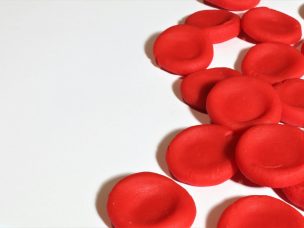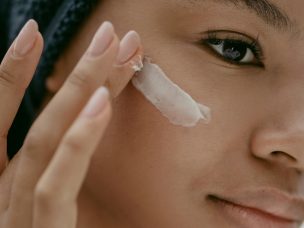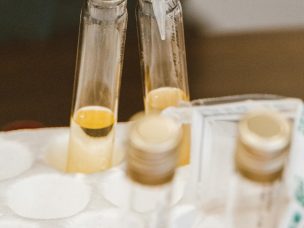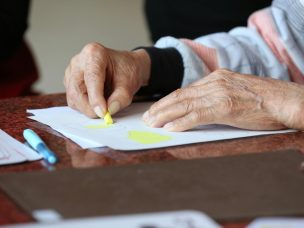WEDNESDAY, Oct. 14, 2020 (HealthDay News) — Individuals with blood group O may have a reduced risk for severe acute respiratory syndrome coronavirus 2 (SARS-CoV-2) infection, and COVID-19 patients with blood group A or AB are at increased risk for requiring mechanical ventilation, according to two studies published online Oct. 14 in Blood Advances.
Mike Bogetofte Barnkob, D.Phil., from Odense University Hospital in Denmark, and colleagues performed a retrospective analysis of Danish individuals tested for SARS-CoV-2 between Feb. 27 and July 30, 2020, with known ABO and RhD blood groups. The researchers found significant variation in ABO blood groups between patients and the reference group, with 38.41 percent of patients and 41.70 percent of controls belonging to group O (relative risk, 0.87 for acquiring COVID-19).
Ryan L. Hoiland, from the University of British Columbia in Canada, and colleagues examined whether ABO blood groups are associated with COVID-19 severity in a multicenter retrospective analysis. The researchers found no difference in national and provincial ABO blood group distributions from the study cohort. Compared with patients with blood group O or B, a higher proportion of COVID-19 patients with blood group A or AB required mechanical ventilation and continuous renal replacement therapy.
“Of particular importance as we continue to traverse the pandemic, we now have a wide range of survivors who are exiting the acute part of COVID-19, but we need to explore mechanisms by which to risk stratify those with longer-term effects,” one coauthor from the Hoiland study said in a statement.
One author from the Bogetofte Barnkob study disclosed ties to the pharmaceutical industry.
Abstract/Full Text — Bogetofte Barnkob (subscription or payment may be required)
Abstract/Full Text — Hoiland (subscription or payment may be required)
